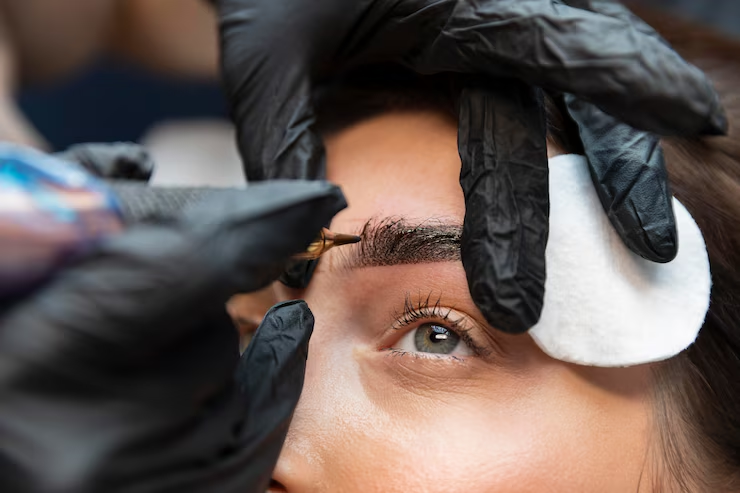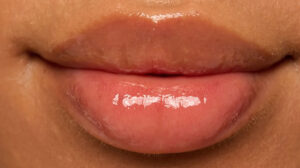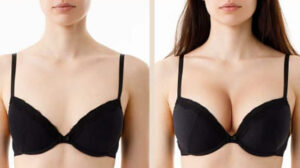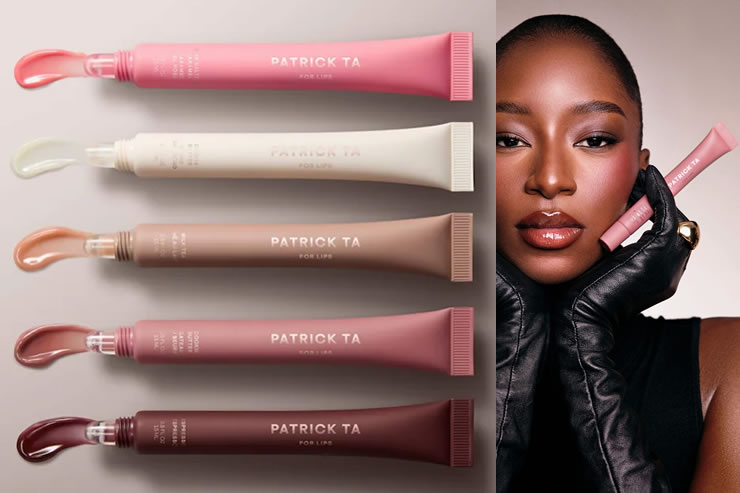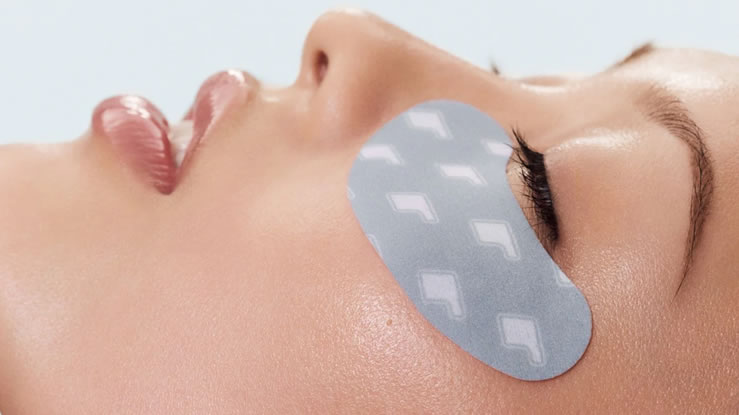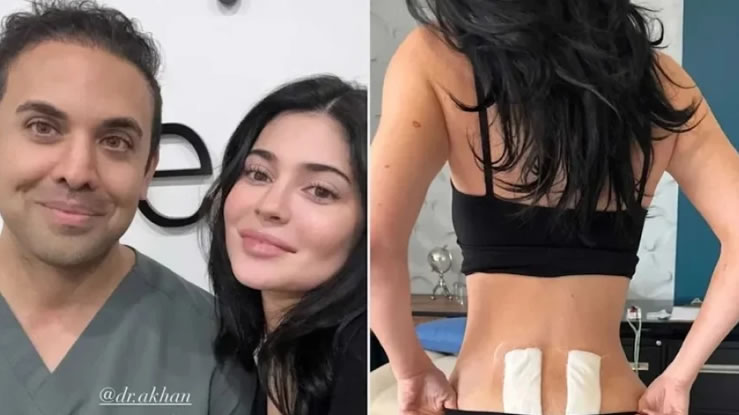Forehead reduction surgery—also known as hairline lowering or foreheadplasty, has become increasingly popular for individuals looking to reduce the size of a large forehead and improve overall facial balance. It’s often sought for cosmetic reasons or to address congenital or post-hair loss changes in the forehead. One of the most common questions people ask before committing to this procedure is: How long does a Forehead reduction surgery last? In this article, we’ll explore the longevity of forehead reduction results, what affects its permanence, recovery timelines, and long-term care.
Understanding Forehead Reduction Surgery
Forehead reduction is a surgical procedure that involves removing a portion of the forehead skin and advancing the hair-bearing scalp downward. The goal is to shorten the distance between the eyebrows and the hairline, creating a more balanced and proportionate facial appearance.
The procedure is typically done under general anesthesia and takes about two to three hours. It is commonly chosen by women with high hairlines, individuals transitioning genders, or those with naturally large foreheads. While it offers immediate and visible results, questions often arise regarding how long those results truly last.
Read Also>>>What is C Forehead Reduction?
Is Forehead Reduction Permanent?
The short answer is: yes, forehead reduction results are generally permanent.
Once the skin is surgically removed and the hairline is brought forward, the new position of the hairline and forehead is maintained long-term. Unlike fillers or Botox, which require regular maintenance, this is a one-time procedure with lasting results—provided that post-operative care is followed and no major complications arise.
However, “permanent” doesn’t necessarily mean immune to change. Factors like aging, genetics, hormonal changes, and hair thinning can influence how the results appear over the years. The surgical adjustments themselves don’t reverse, but surrounding conditions can affect overall aesthetics.
How Long Does It Take to See Final Results of Forehead reduction surgery?
Immediately after the procedure, patients notice a visible change in their hairline and forehead proportions. However, swelling, bruising, and incision healing can obscure the final outcome.
Typical recovery timeline:
-
Week 1–2: Initial swelling and bruising subside. Stitches are removed, and patients return to light activities.
-
Month 1: Swelling mostly gone, and the new hairline becomes more natural-looking.
-
Month 3–6: Full healing of scalp and incision area, with gradual hair regrowth through the scar line.
-
Month 12: Final results fully settled. Hairline appears natural, and scarring typically fades significantly.
It’s important to note that while the hairline’s new position is permanent, the visual results will continue to improve over the course of the first year.
Factors That Can Affect Longevity | Forehead reduction surgery
While forehead reduction provides permanent structural changes, several factors may influence the long-term appearance:
1. Aging and Skin Elasticity
As we age, skin naturally loses elasticity, which could cause sagging or slight shifts in the hairline over time. This won’t reverse the reduction but may affect the appearance of the forehead in the long run.
2. Hair Loss or Thinning
If you’re genetically predisposed to hair loss or suffer from conditions like alopecia, your results could change with time. Even though the scalp is advanced forward during surgery, if the surrounding hair starts thinning, it could expose more forehead again.
3. Surgical Technique and Skill
The surgeon’s expertise plays a major role in how long your results last. Precise incisions, tension control, and the preservation of blood supply to the scalp ensure better healing and more natural results over time.
4. Post-operative Care
Proper care during recovery can make a significant difference. Following medical advice, avoiding excessive sun exposure, and protecting the incision line can help the scar heal better and support hair regrowth.
5. Lifestyle Choices
Smoking, poor diet, stress, and lack of sleep can all affect skin health and healing. These factors may accelerate aging or reduce the quality of surgical outcomes over time.
Is Revision Surgery Ever Needed? | Forehead reduction surgery
In most cases, forehead reduction is a one-time procedure. However, revision surgery might be considered in specific situations:
-
Uneven or unsatisfactory results
-
Excessive scarring
-
Significant post-op hair loss affecting the hairline
-
Desire for further reduction or refinement
Revisions are rare and typically performed only after full healing from the first surgery—usually at least one year post-op.
How Does Forehead Reduction Compare to Other Procedures?
When evaluating the longevity of forehead reduction, it’s helpful to compare it with alternative or supplementary procedures:
Hair Transplants
Hair transplants can complement forehead reduction by filling in the hairline or scar area. However, they usually require more than one session and results take several months to develop.
Botox or Fillers
These are non-surgical options that can slightly alter the appearance of the forehead but offer only temporary results lasting a few months.
Brow Lift
Some patients undergo a brow lift at the same time as a forehead reduction. While a brow lift can enhance appearance, its results may slightly diminish over time due to aging and gravity.
Forehead reduction remains the most permanent option among these.
Can Hair Grow Through the Scar? | Forehead reduction surgery
Yes, in many cases, hair can grow through the surgical scar over time, especially if the surgeon uses advanced closure techniques. This helps camouflage the incision line and makes the new hairline look more natural.
However, not all patients experience full regrowth across the scar. In such situations, hair transplants can be used to implant follicles into the scar area to improve aesthetics.
Will My Forehead Stay the Same Size Forever?
After a forehead reduction, the bone structure and hairline location are permanently altered. The physical size of your forehead won’t increase again. However, visual changes may occur due to:
-
Hair thinning or recession in surrounding areas
-
Aging effects such as sagging skin or wrinkles
-
Genetic influences that affect overall facial appearance
Maintaining a healthy lifestyle and considering supplemental treatments (like hair care or non-surgical skin rejuvenation) can help preserve your look.
Long-Term Maintenance Tips | Forehead reduction surgery
To enjoy lasting benefits from forehead reduction, here are some practical tips:
-
Follow all post-op instructions: Take medications as prescribed, attend follow-up appointments, and care for the incision properly.
-
Protect your hairline: Use sunblock or wear hats to protect the scar and hairline from UV damage.
-
Avoid hairstyles that pull tightly on the scalp to prevent traction hair loss.
-
Consider hair supplements or treatments to maintain a healthy, full hairline.
-
Discuss any concerns early with your surgeon to address issues before they worsen.
Who Is a Good Candidate for Long-Lasting Results? | Forehead reduction surgery
Ideal candidates for forehead reduction are:
-
Individuals with good scalp elasticity
-
People in overall good health
-
Those without a history of significant hair loss
-
Non-smokers or those willing to quit before surgery
-
Patients with realistic expectations
Meeting these criteria increases the chances of a smooth recovery and enduring results.
Forehead reduction surgery offers a lasting solution for those looking to shorten a high forehead and achieve better facial balance. While the results are generally permanent, they can be influenced by factors such as aging, hair thinning, surgical technique, and post-operative care.
With the right preparation, skilled surgical execution, and long-term maintenance, patients can expect their new hairline and facial proportions to remain stable and satisfying for many years—if not a lifetime. If you’re considering forehead reduction, consult with a board-certified plastic surgeon to explore your options and create a tailored plan for long-term success.


